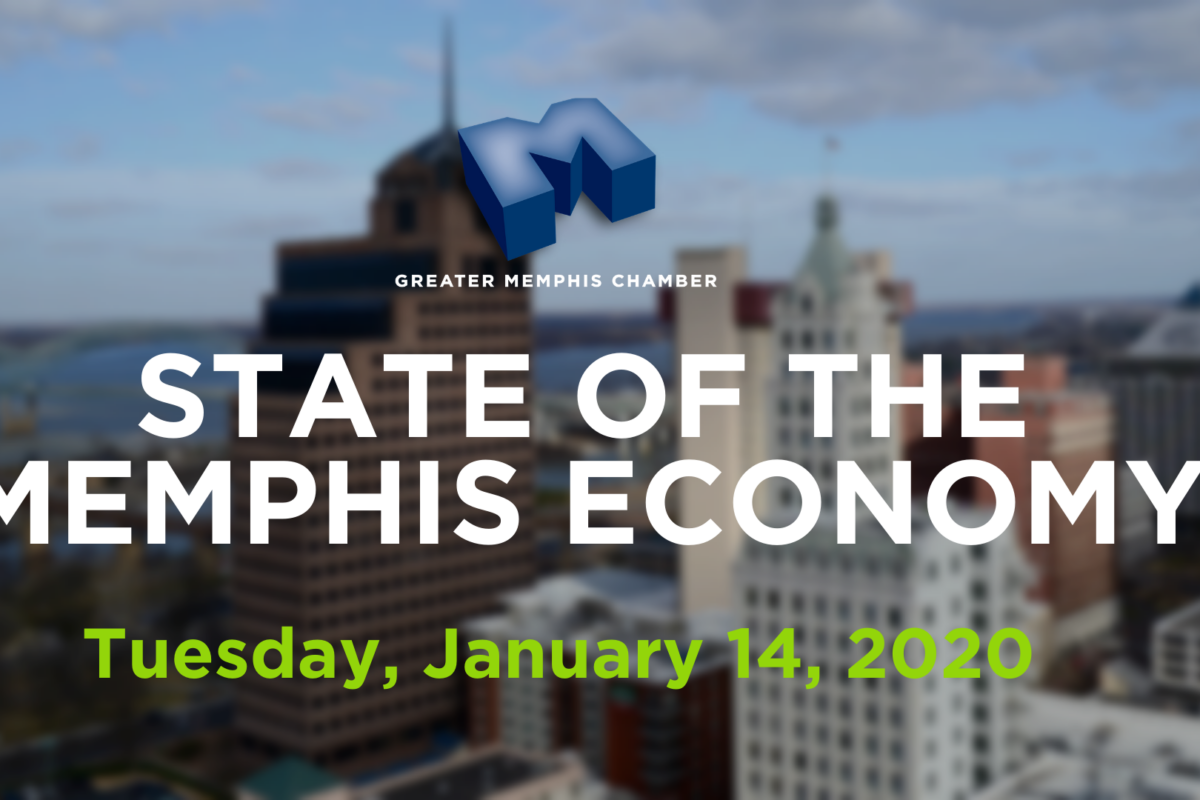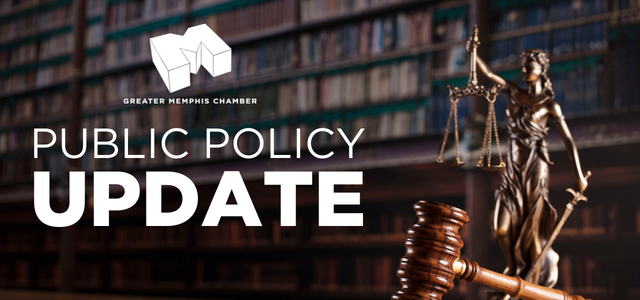When designing a website, people often focus on aesthetic and user experience – two of the most important factors. However, most companies design sites for what the everyday customer will want. They don’t always consider how functional their site is to those with disabilities. This exclusion can be a big deal from a customer and legal standpoint. It is important that any new business consider the accessibility and inclusivity of their site during the design phase.
In a nutshell, web accessibility and inclusive design mean designing and developing websites and applications for everyone. Web accessibility includes people with vision, hearing, physical or other impairments that can hinder their view or navigation of a site. Inclusive design goes a step further, seeking to design for differing perspectives with no exclusions.
The Importance of Web Accessibility
Web accessibility is often overlooked in the planning of websites. So much so, that there are now regulations governing some aspects of website design. This coupled with an increase in lawsuits against companies not in compliance with the regulations, shows that designing for web accessibility is more important than ever.
To help ensure all people can make use of the internet, the World Wide Web Consortium created Web Content Accessibility Guidelines (WCAG), a set of recommendations for making web content more accessible. WCAG 2.0 was published in 2008 and consisted of four key principles:
- Perceivable: Information and user interface components must be presentable to users in ways they can perceive.
- Operable: User interface components and navigation must be operable.
- Understandable: Information and the operation of user interface must be understandable.
- Robust: Content must be robust enough that it can be interpreted reliably by a wide variety of user agents, including assistive technologies.
Inclusive Design Principles
A more recent movement in the digital world, inclusive design takes the core of web accessibility and extends it to designing and building websites for all diversities and differing perspectives with no exclusion or bias. Large tech companies such as Microsoft have embraced inclusive design with principles, such as:
- Recognize exclusion – Designing for inclusivity not only opens up our products and services to more people, but also reflects how people really are. All humans grow and adapt to the world around them and we want our designs to reflect that.
- Solve for one, extend to many – Everyone has abilities and limits to those abilities. Designing for people with permanent disabilities actually results in designs that benefit people universally. Constraints are a beautiful thing.
- Learn from diversity – Human beings are the real experts in adapting to diversity. Inclusive design puts people in the center from the very start of the process, and those fresh, diverse perspectives are the key to true insight.
How You Can Embrace Web Accessibility and Inclusive Design
Now that you know the importance of web accessibility and inclusive design, you are likely wondering how you can bring your website up to snuff. The first thing you can do is create accessible content moving forward. Everything you create from now on should be in line with the principles discussed above and follow WCAG. Luckily, there are a number of WCAG validator tools available to check your level of compliance.
When it comes to inclusive design, don’t just consider all perspectives on your own, ask others! Before launching a new site, page, or other online material, talk to those of a different race, gender, religion, education background, etc. They will be able to point out areas such as imagery and copy that come off to them as non-inclusive.
Another way to ensure you are meeting web accessibility standards and designing inclusively is to work with a development firm that can take on these challenges for you and leverage their expertise.
inferno is an award-winning advertising, public relations, design and digital marketing firm based in Memphis. Visit creativeinferno.com for more information. You can also follow inferno on Facebook (facebook.com/creativeinferno), Instagram (creative_inferno) and Twitter (@creativeinferno).



